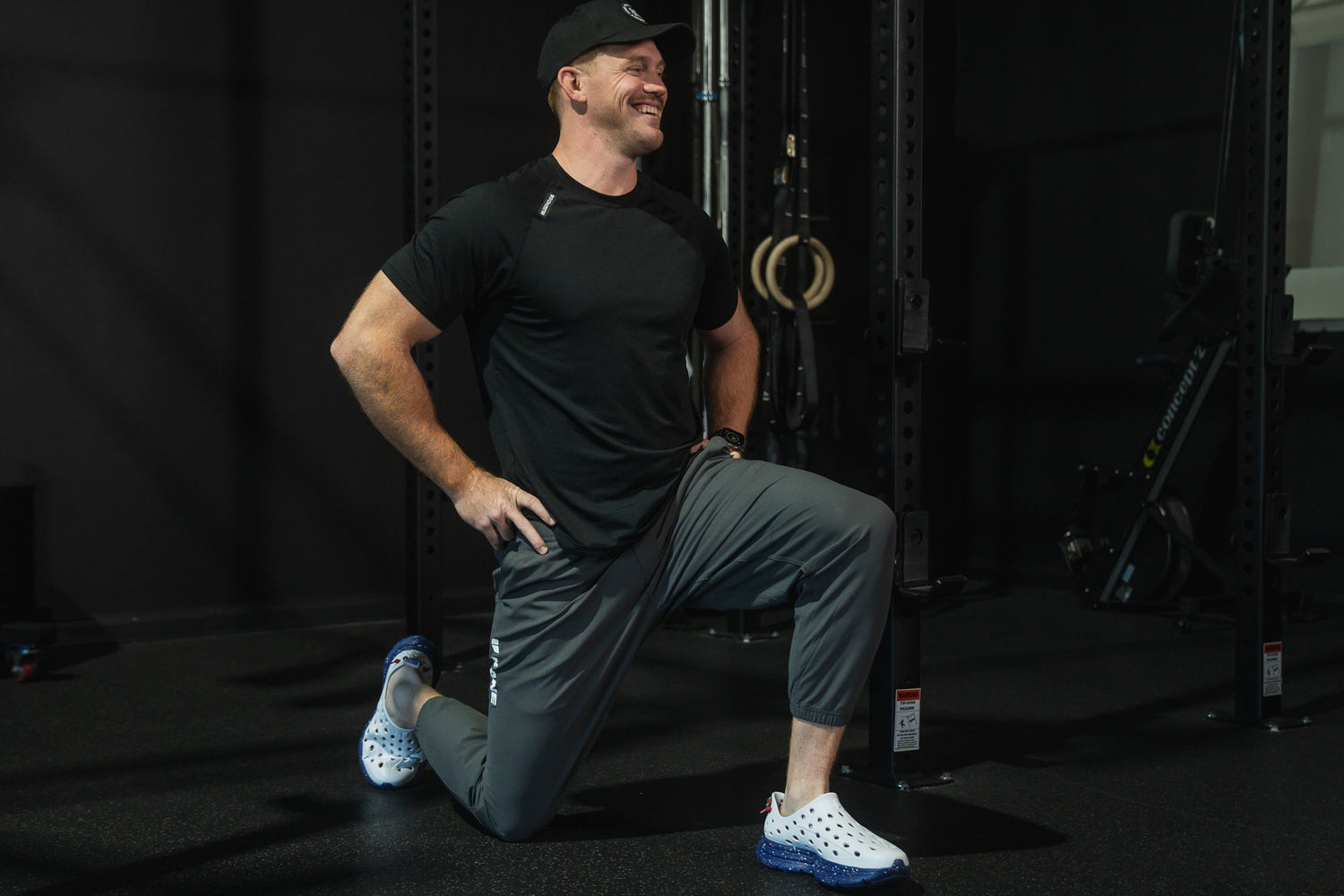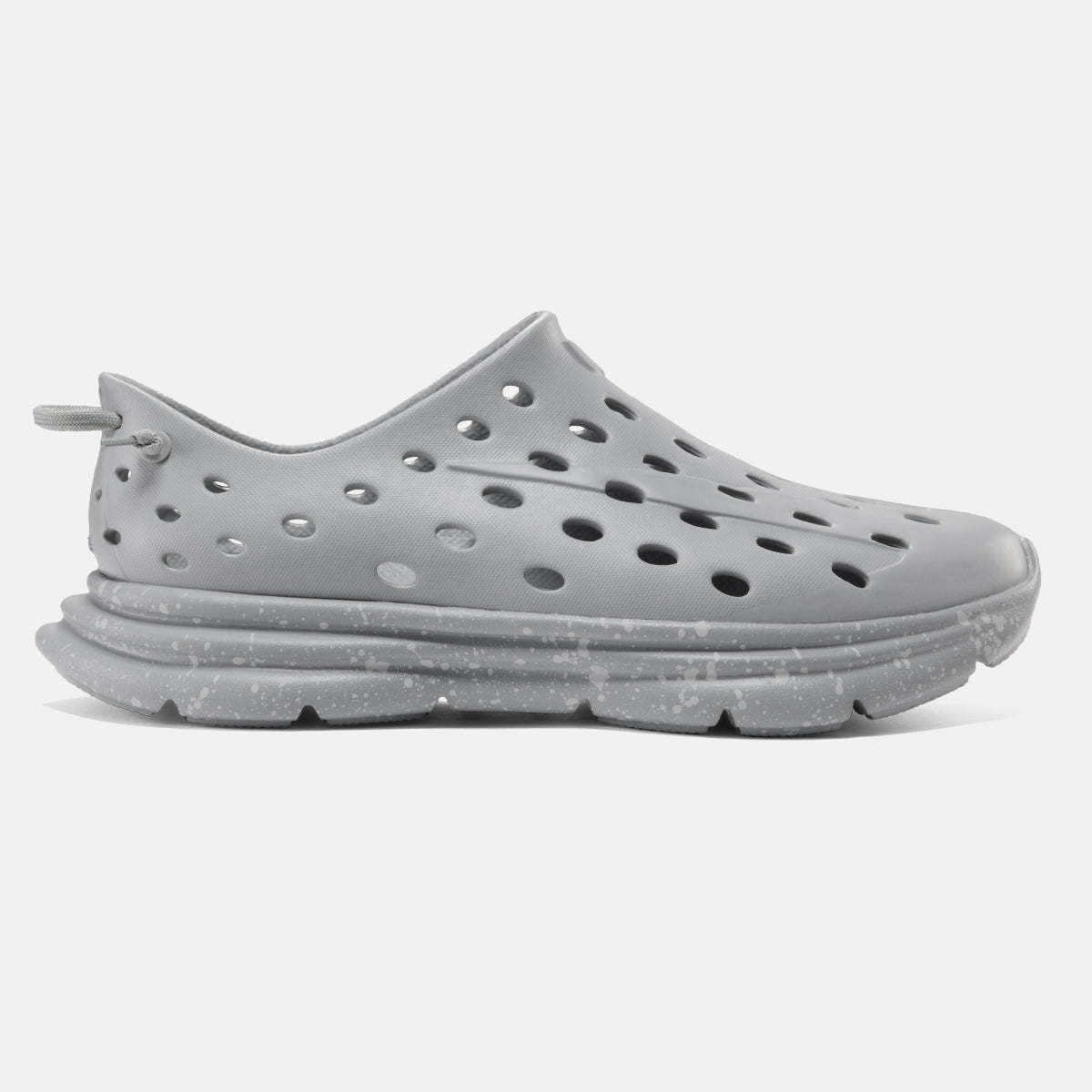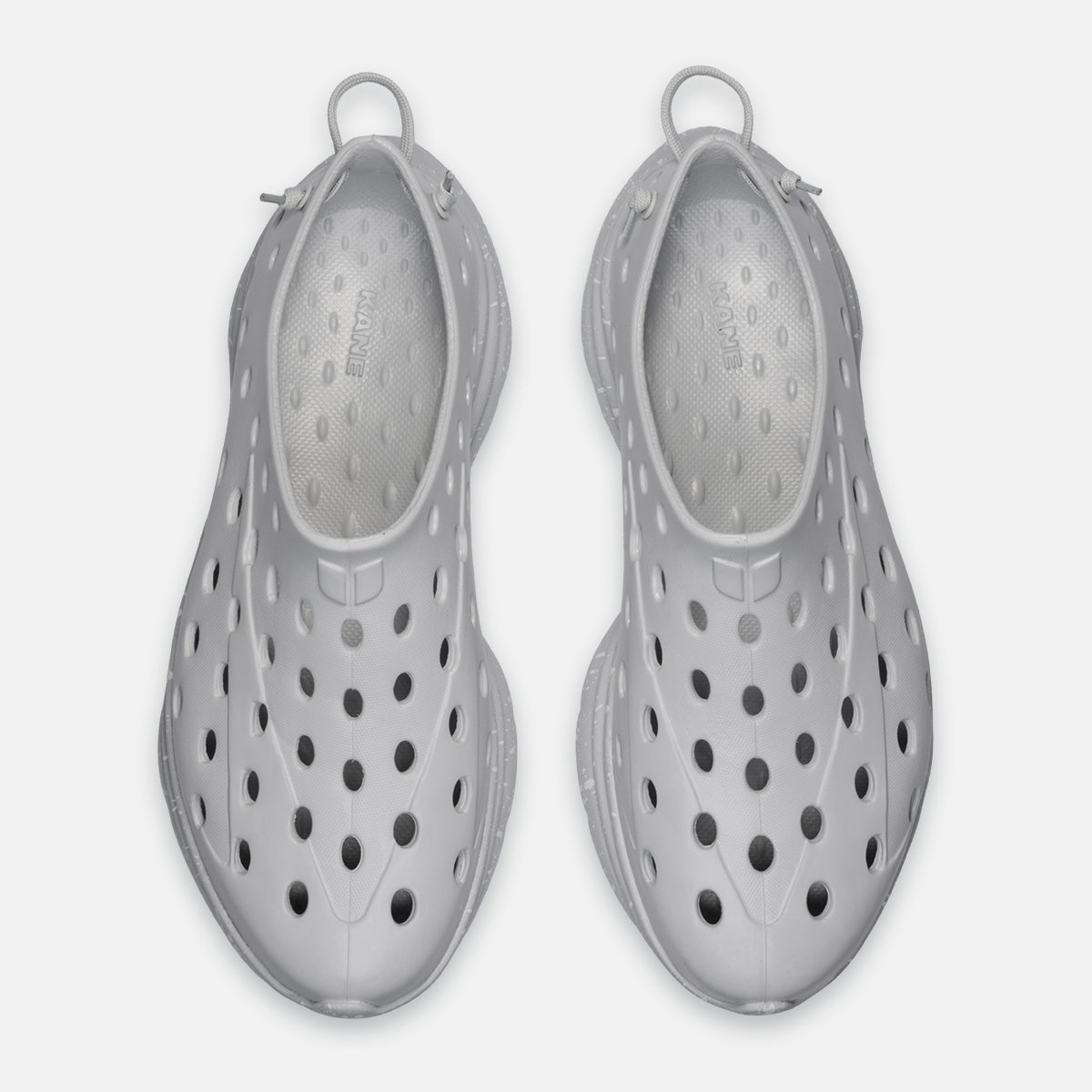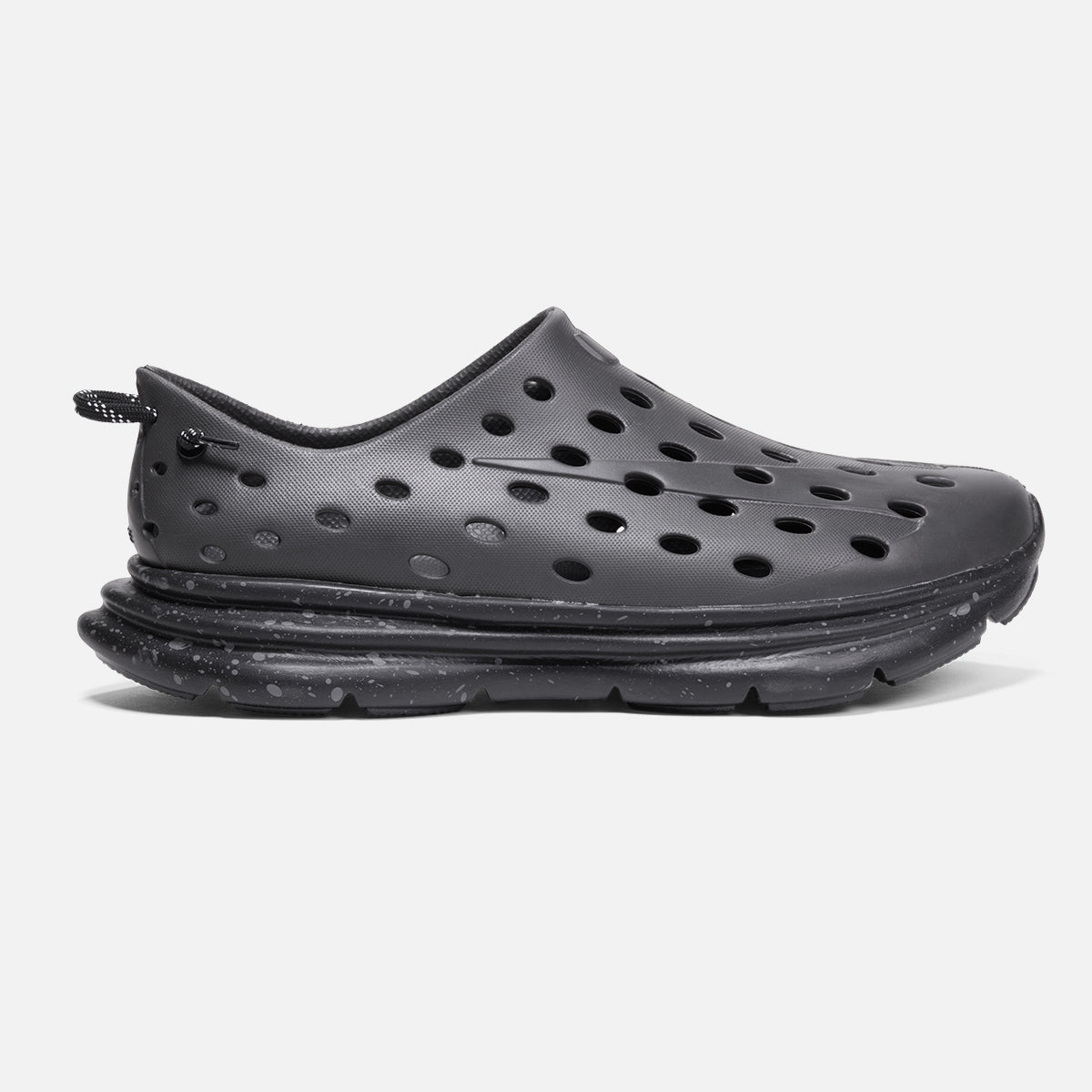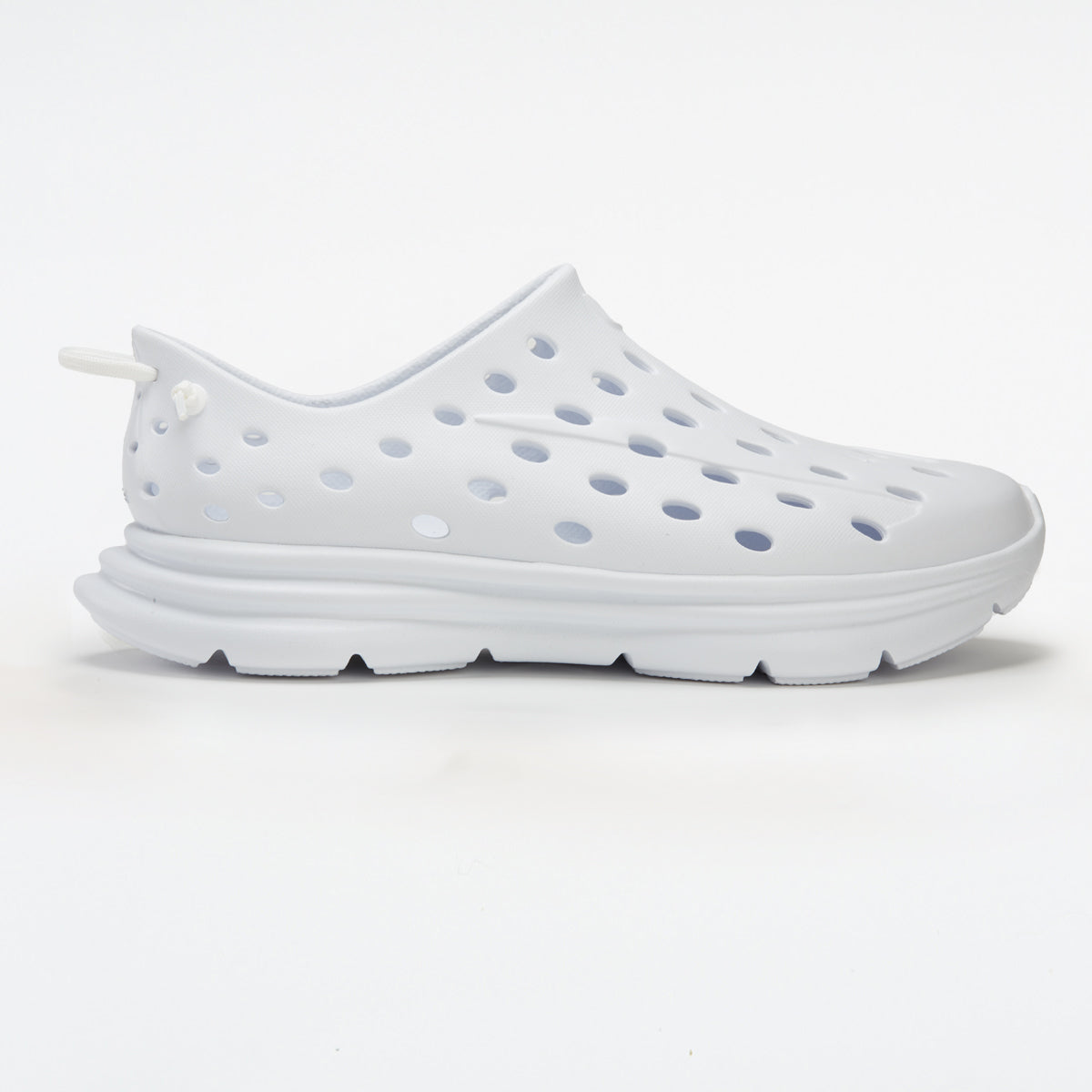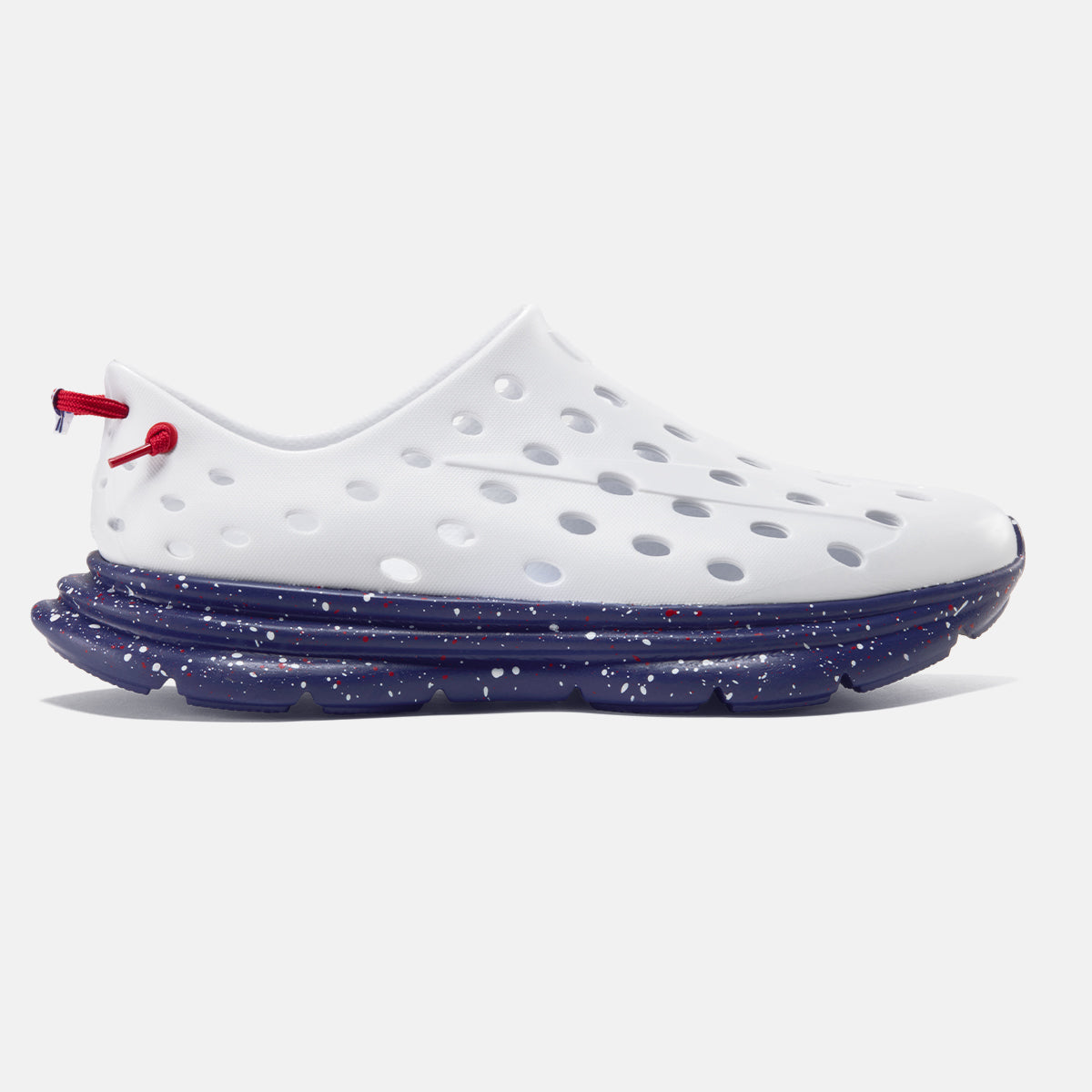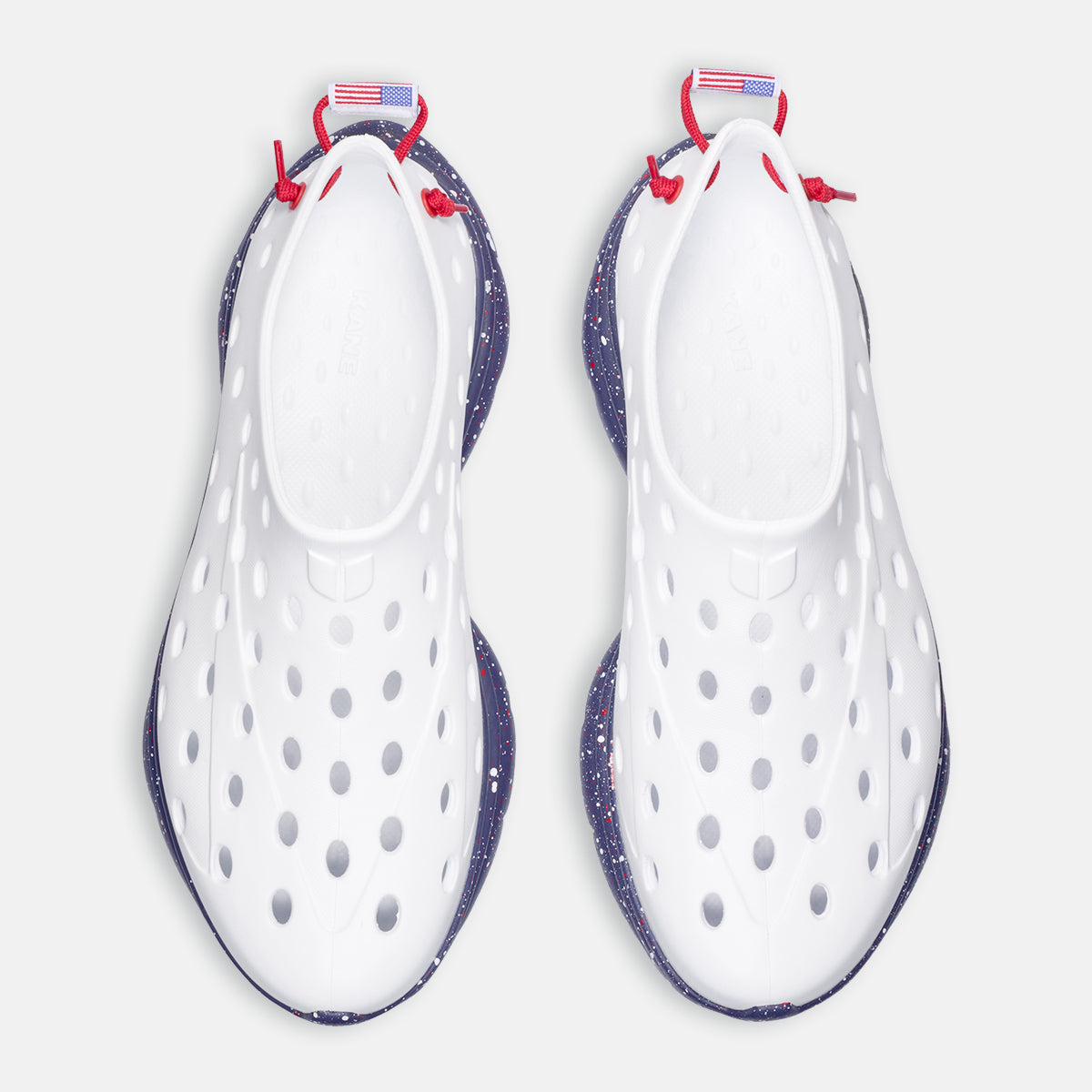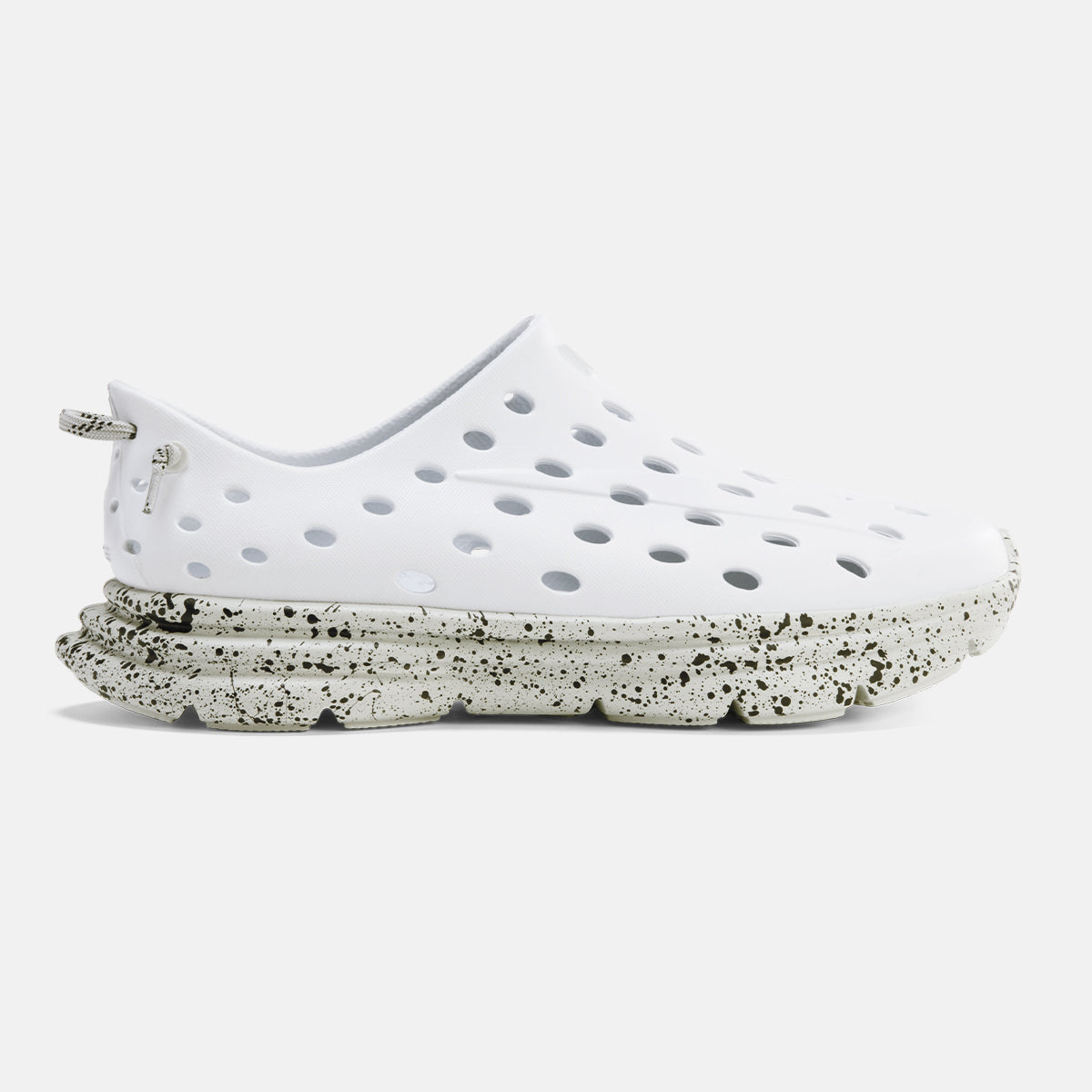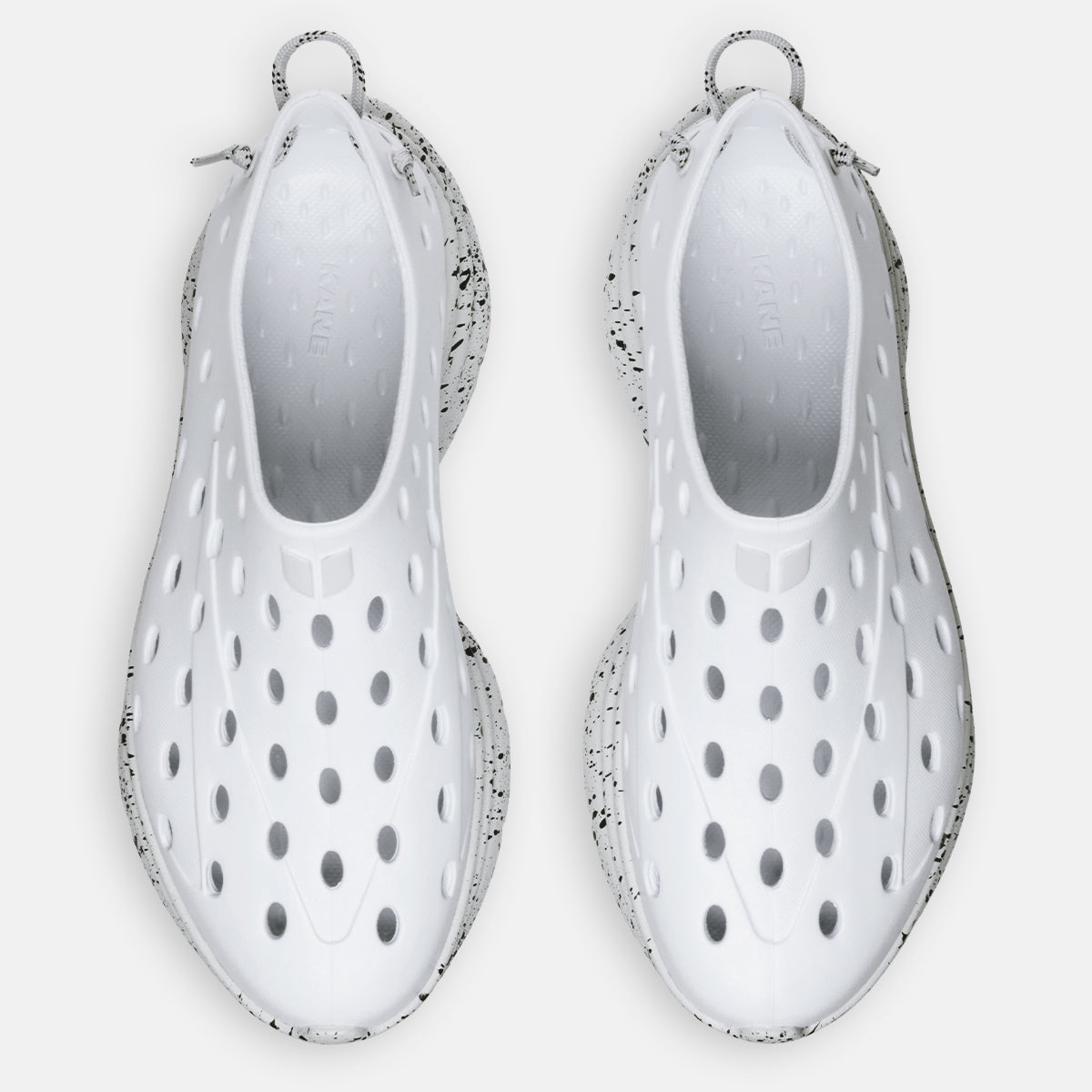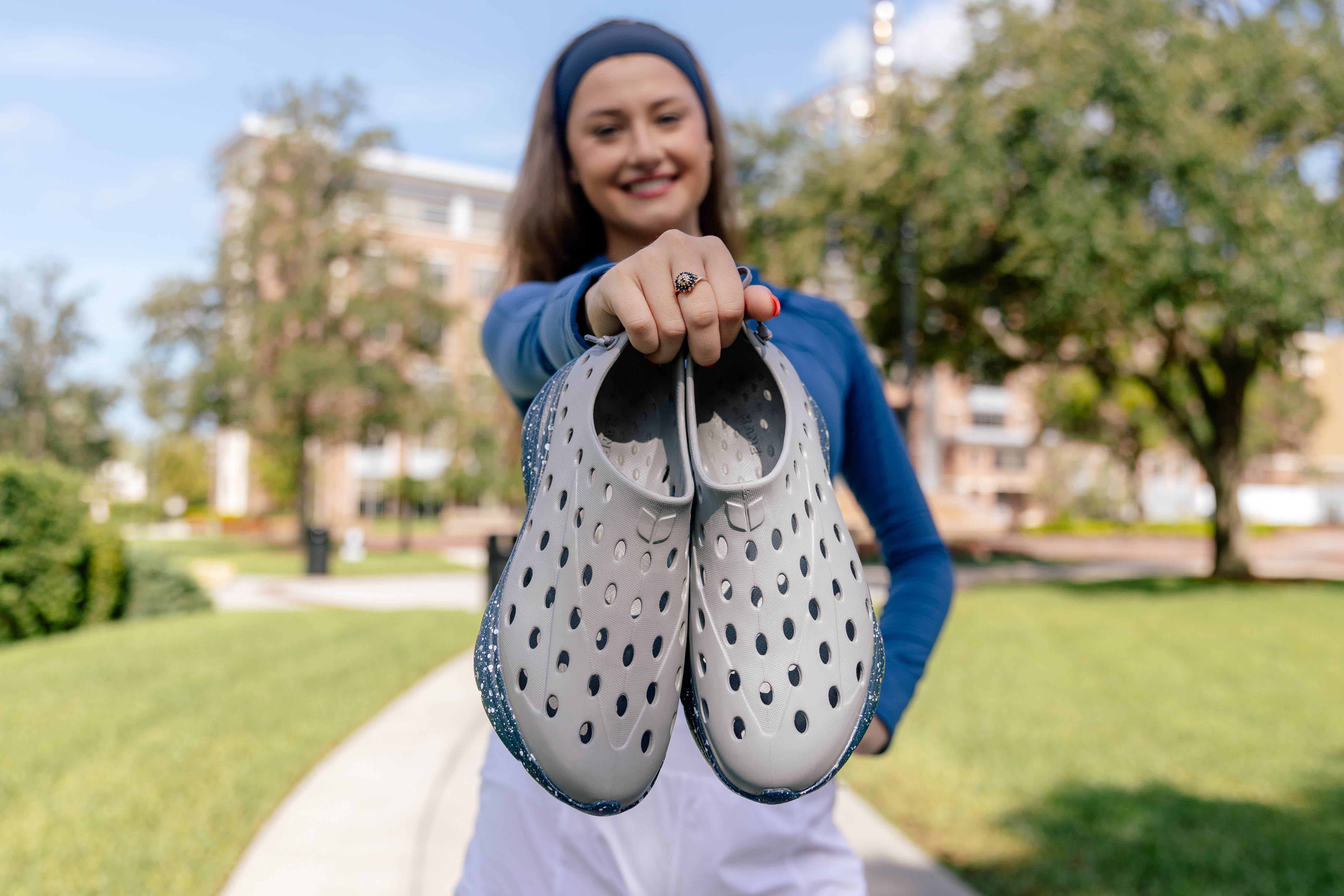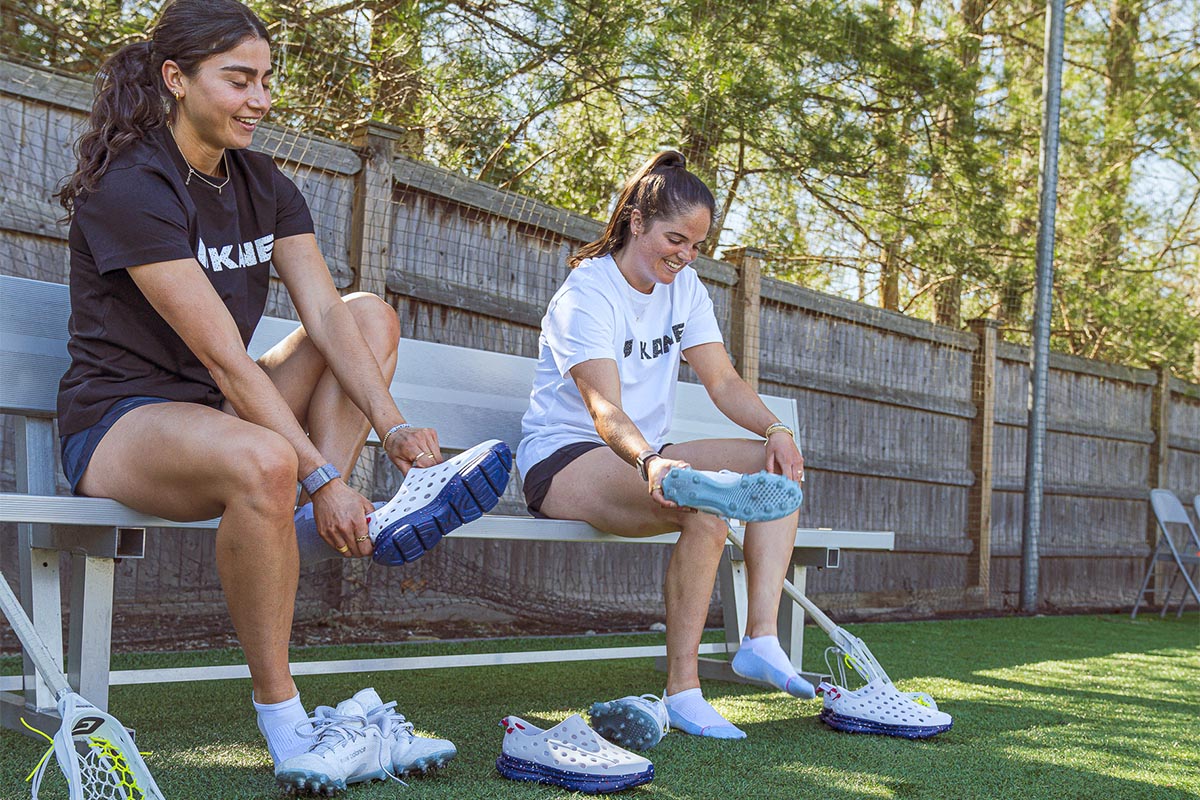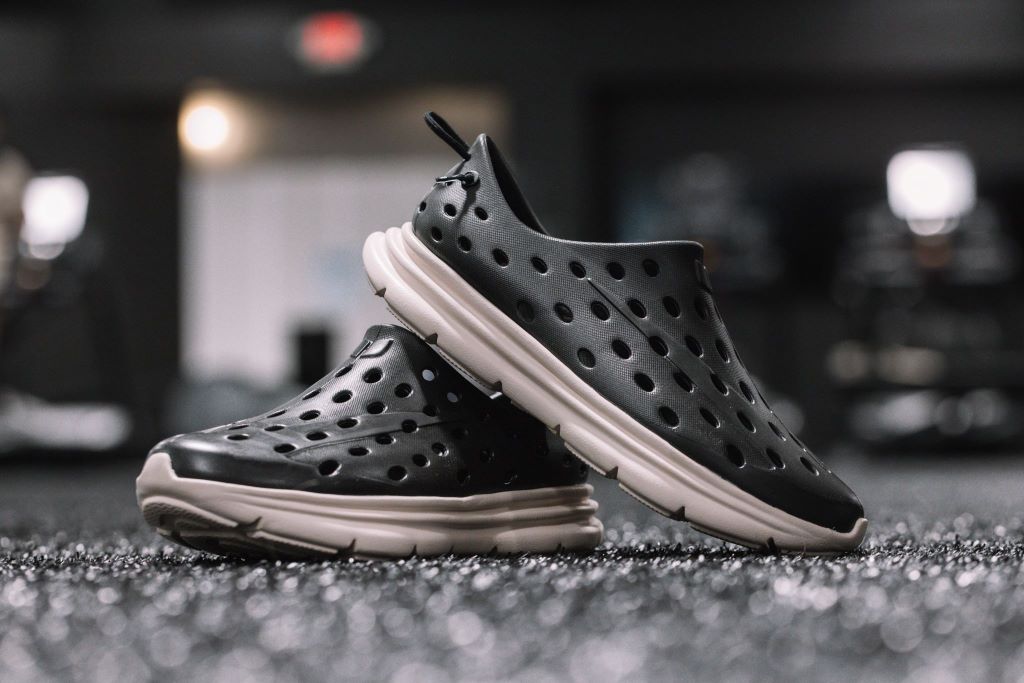In today’s fast-paced world, active recovery days are becoming an essential element of sustainable training plans. Whether you’re an athlete, a fitness enthusiast, or someone who enjoys staying active, balancing intense workouts with proper recovery can make a huge difference in your overall performance and well-being. So, what is active recovery, and how can you incorporate it into your fitness routine?
Let’s dive into a complete guide to help you understand everything you need to know to make active recovery part of your regular workout regime.
What is active recovery?
Active recovery refers to low-intensity activities performed after an intense workout or on rest days to help the body recover. Instead of remaining completely inactive, you engage in movements that promote blood flow, help clear lactic acid buildup, and reduce muscle soreness. These movements are gentle enough not to cause additional stress yet effective in aiding recovery.
Unlike passive recovery, which involves doing nothing and taking a complete rest day, active recovery keeps your body moving, enhancing circulation and reducing stiffness. By incorporating active recovery workouts, you can minimize the discomfort from previous sessions and feel more prepared for future workouts.
The importance of active recovery days
Spending a day engaged in active recovery is crucial for anyone who engages in intense exercise or high-intensity workouts. Here’s why:
- Prevents injuries: Low-intensity activities reduce the risk of overuse injuries and muscle damage
-
Improves recovery time:
Active recovery helps minimize muscle soreness and promote faster recovery -
Mental well-being:
Easy movement relieves stress and keeps your mind engaged - Increases blood flow: Light movements help increase blood flow, delivering oxygen to tired muscles, aiding in muscle repair
Whether you’re training for a race or maintaining a fitness routine, devoting days to active recovery will help you recover more effectively and avoid burnout.
Who benefits from active recovery?
While active recovery is beneficial for everyone, certain groups may gain even more from making it a regular part of their routines:
- Athletes and active individuals: Incorporating active recovery after intense training helps maintain athletic performance and reduces muscle damage. It’s also vital to reducing muscle soreness and preparing for your next workout.
- Health and wellness enthusiasts: By focusing on gentle activities that still engage the body, wellness enthusiasts can stay active without risking burnout. This type of recovery is especially helpful after intense workouts.
- Eco-conscious consumers: With a growing focus on sustainable fitness, eco-conscious consumers may find recovery through mindful activities like tai chi or yoga beneficial.
- Casual exercisers: Even if you’re not a hardcore athlete, staying active by engaging in lower-intensity movements during your off days can help you feel better and reduce long-term muscle strain.
Types of active recovery workouts
There are many ways to stay active while recovering. Here are some examples of active recovery activities that you can incorporate into your recovery day:
- Low-intensity cardio: Activities like walking or going for a light bike ride help get the blood flowing while keeping your movements easy
- Yoga or stretching: These gentle exercises increase flexibility and reduce tightness, making them perfect for an active recovery day
- Foam rolling: Using a foam roller to perform self-myofascial release is an excellent way to relieve tension and break up muscle adhesions
- Swimming: Low-impact water exercises can support your body while gently engaging muscles
Each of these activities helps reduce muscle soreness by promoting blood flow and flushing out metabolic waste.
How often should you incorporate active recovery?
Determining the frequency of active recovery days will depend on your workout routine and how your body feels. Here are some guidelines to consider:
- Athletes and advanced trainers: After every intense workout or on your off days, engage in light activities like walking or stretching to support your body
- Casual exercisers: If you work out 3-4 times a week, try including at least one active recovery day between sessions
- Listen to your body: If you notice persistent fatigue, sore muscles, or low energy, it might be a sign that you need to spend more time on recovery
Incorporating active recovery regularly helps ensure your body is ready for your next challenge.
The role of recovery shoes in active recovery
Your feet play a huge role in your overall athletic performance, so wearing the right shoes during recovery is essential. Recovery shoes are designed to promote comfort and aid recuperation. Here’s how they help:
-
Cushioning:
Extra padding absorbs impact, reducing strain on joints and muscle groups -
Arch support:
Proper support encourages better posture and reduces the risk of overuse - Breathability: Recovery shoes often use breathable materials to ensure comfort, which is key during active recovery
Recovery shoes are valuable tools for athletes aiming to enhance their active recovery. They support proper movement, improve comfort, and promote better circulation, all while encouraging low-impact activity. The right pair helps you stay mobile and recover faster without putting extra strain on your body.
Discover Kane Recovery Shoes!
Kane’s recovery shoes provide excellent support, comfort, and durability for those in need of top-notch recuperative footwear. Featuring an adjustable hook-and-loop single-strap synthetic upper, plush TPR footbed, and durable injected EVA outsole, these kicks come with all the right features to assist you during your rehabilitation journey.
Aside from providing quality products, they are also committed to sustainability. They have become a Certified B Corporation while dedicating 1% of their overall profits to environmental charities.
When and how to wear Kane Revive
The best moment to wear most recovery shoes is directly after a strenuous activity such as running or exercising. This helps minimize inflammation and launch the healing process. To guarantee maximum comfort and effective recuperation, make sure that you are wearing your recovery footwear correctly by tying up laces securely for a snug fit around your feet.
Common mistakes to avoid during active recovery
While active recovery is incredibly beneficial, it's important to avoid these three common mistakes:
- Overdoing it: Remember, the goal is low intensity. Pushing yourself too hard on an active recovery day defeats the purpose.
- Neglecting foot health: Not paying attention to your footwear can lead to long-term issues. Choose footwear that allows your feet to rest and recover while still providing enough support for light activity.
- Skipping mental recovery: Recovery isn’t just physical. Taking time for relaxation and mindfulness is key to a balanced recovery process.
How to measure your recovery success
Measuring the effectiveness of your active recovery workout is essential to ensure that your body is reaping the full benefits. Proper recovery isn't just about feeling less sore. It's about optimizing how well your body heals and prepares for your next workouts. Here are some key ways to evaluate whether your recovery process is working:
Reduced muscle soreness
One of the most immediate signs of successful recovery is a noticeable reduction in sore muscles. After a day of active recovery, your muscles should feel looser than immediately after your workout. This is the direct result of increased blood flow during low-intensity movements, which helps flush out lactic acid and other metabolic waste that contributes to soreness. If you consistently notice less stiffness after recovery sessions, take it as a sign that your body is healing properly.
Energy levels and readiness
One of the main benefits of active recovery is that you have more energy for your next workout. If your energy levels are high and you can maintain a steady performance in your workouts after an active recovery day, it's a sign that your recovery methods are effective. On the other hand, if you're still feeling sluggish or tired, you may need to adjust your recovery activities.
Heart rate and performance
Monitoring your heart rate during recovery can also help gauge its effectiveness. During active recovery, your heart rate should stay in a low, comfortable range, allowing you to perform activities without excessive strain. A good rule of thumb is the talk test—if you can maintain a steady conversation while doing light exercises such as walking or yoga, you're likely working at the right intensity. If your heart rate is too high or you're struggling to breathe normally, you might be pushing yourself too hard, which can delay recovery.
Improved flexibility and mobility
A successful recovery session can also be measured by how flexible and mobile your body feels afterward. Activities like stretching, yoga, or foam rolling can improve your range of motion and reduce muscle tightness, leading to better overall mobility. If your body feels more limber after an active recovery session, it's a sign that your muscles are responding well to the process and are preparing for the next challenge.
Tracking long-term progress
In addition to short-term improvements, consider your long-term progress. Over time, if you notice fewer injuries, better workout performance, and faster recovery from intense workouts, it's a sign that your active recovery days are having a cumulative positive effect on your overall fitness. Many athletes and fitness enthusiasts use apps or journals to track how their recovery affects their performance over weeks or months, providing valuable data to tweak their recovery routines.
Professional feedback
If you need more clarification about whether your recovery process is effective, seeking advice from a physical therapist or fitness professional can be invaluable. They can offer an evidence-based approach to fine-tuning your recovery based on your unique body and fitness goals. Additionally, regular assessments from a professional can help you catch potential problems early, such as overtraining or muscle imbalances that may not be obvious at first but could hinder your progress over time.
By paying attention to these indicators, you can ensure that your active recovery workouts are helping your body heal, restore, and get stronger, allowing you to keep pushing toward your goals with fewer setbacks.
Conclusion
Incorporating active recovery days into your fitness programming is a smart way to promote well-being, reduce soreness, and prepare for future workouts. Choosing the right activities and wearing supportive recovery shoes can enhance your overall performance while giving your body the time it needs to heal.
So, whether you're an athlete, a wellness enthusiast, or someone who just wants to stay active without burning out, make active recovery a regular part of your routine.
Frequently asked questions
What counts as an active recovery day?
Active recovery involves engaging in light activities such as walking, cycling, yoga, or swimming. The goal is to keep your body moving without putting it under additional strain from intense exercise. This activity helps increase blood flow to muscles, clear out toxins like blood lactate, and aid overall recovery. Activities should be low-impact and at a steady pace—enough to feel light movement but not exhaustion. Think of it as a day to gently encourage healing without pushing your limits.
Is it better to take a full rest day or active recovery?
Both have their place, but the choice depends on your body's needs. A full passive recovery (complete rest) day allows your body to recover fully after heavy training. In contrast, active recovery involves low-intensity movement to help lessen soreness and enhance recovery. Many sports medicine experts recommend alternating between both, depending on how intense your workouts are. Active recovery is ideal if you're feeling stiff but not overly tired, while a full rest day is better for more severe fatigue.
What happens during active recovery?
During active recovery, light movements such as stretching, walking, or using cardio equipment help improve blood flow to tired muscles. This increased circulation delivers more oxygen and nutrients to muscle tissue, helping to remove waste products like lactic acid. The low-intensity activity also helps maintain flexibility, prevent stiffness, and boost overall recovery. Post-exercise recovery techniques allow your muscles to repair without further strain while keeping you engaged in physical activity.
What is the difference between recovery and active recovery?
The difference between recovery and active recovery lies in movement. Regular recovery, often referred to as passive recovery, involves doing nothing—complete rest. In contrast, active recovery requires low-intensity movement, such as walking, stretching, or gentle exercises like tai chi. Both methods are essential, but active recovery is about keeping the body in motion to help increase blood flow and maintain mobility, while regular recovery focuses purely on rest.



































